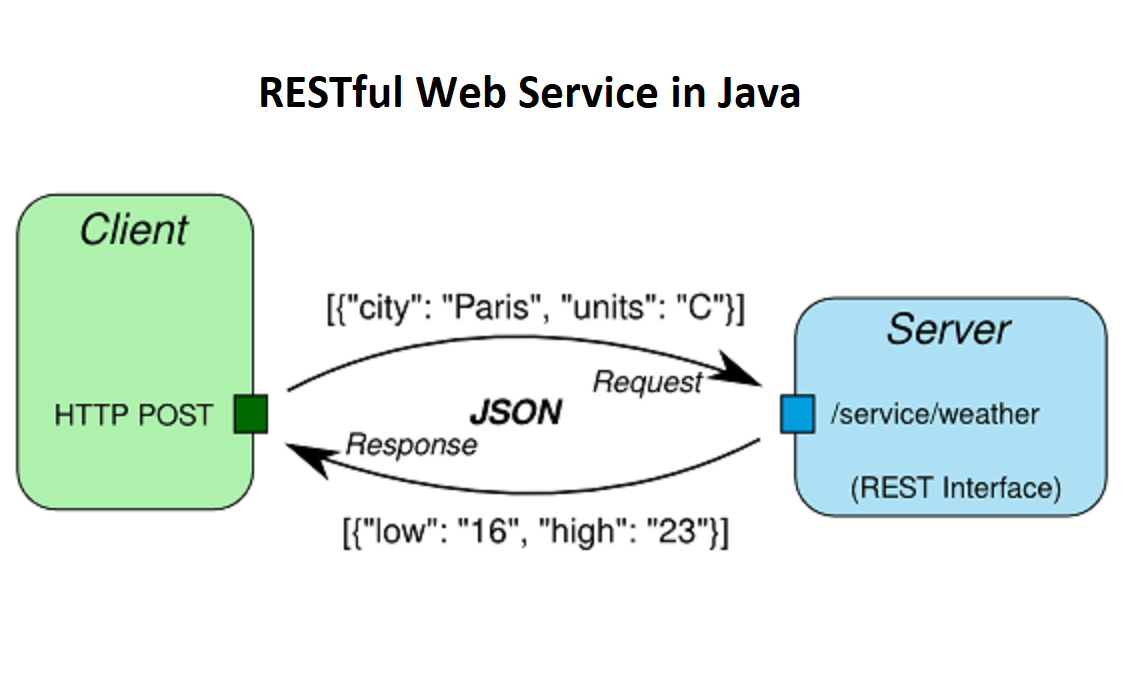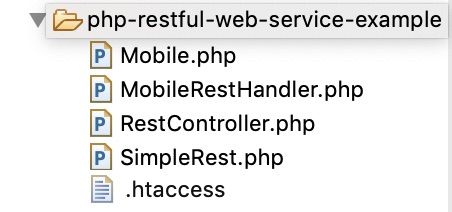



That ship with Jersey, and which can be found in the following directory of The sample shown here is from the samples The following code sample is a very simple example of a root resourceĬlass using JAX-RS annotations. By default, each new web service class created with the JAX-WS APIs is a POJO (plain old Java object). Overview of a Jersey-Annotated Application Lines 57 import the annotations used in this example. The resourcesĪre exposed to clients by deploying the WAR to a Java EE or web server. If you are a Maven user, use the following code to add the below dependency in your pom.xml file. Note For building a RESTful Web Services, we need to add the Spring Boot Starter Web dependency into the build configuration file.
#Rest web services annotations in java archive
Runtime annotations, therefore, runtime reflection will generate the helperĬlasses and artifacts for the resource, and then the collection of classesĪnd artifacts will be built into a web application archive (WAR). This chapter will explain in detail about building RESTful web services using Spring Boot. The actions that can be performed on those resources. Language class files with HTTP-specific annotations to define resources and The JAX-RS API uses Java programming language annotations to simplify It also provides supports for creating clients for RESTful web services. Language API designed to make it easy to develop applications that use the JAX-RS makes heavy use of annotations available from Java SE 5 to simplify development of JAVA based web services creation and deployment. The JAX-RS API for developing RESTful web services is a Java programming Developing RESTful Web Services with Jersey


 0 kommentar(er)
0 kommentar(er)
